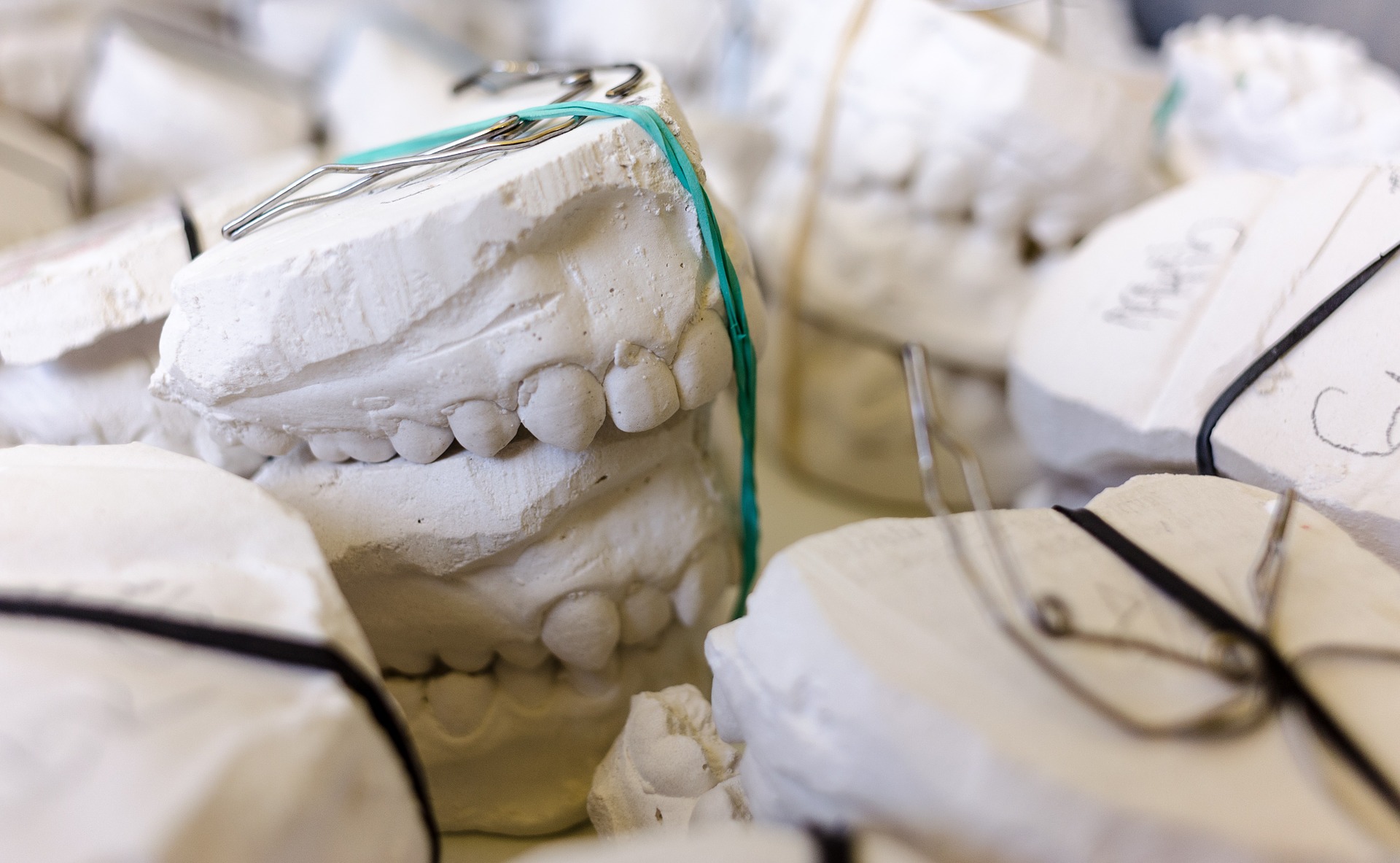If you’ve ever feigned fever to avoid a history exam, or coughed into the phone as you called in “sick” to work, you know that medical fakery is nothing new. But those are white lies compared with these four hoaxes, all of which fooled a great many people before being debunked.
(Article by Leah Samuel)
Talk show fallout
The 1980s were a booming time for talk shows. Attempting to outdo one another, hosts like Oprah Winfrey and Geraldo Rivera featured topics such ashuman sacrifice and white supremacists.
It was enough to make viewers swoon. And some did, during a live taping of Phil Donahue’s popular talk show on Jan. 21, 1985. That day’s show featured the controversial-for-its-time topic of gay senior citizens.
The first fainter was an audience member making a comment. After she fell to the ground, the show abruptly cut to commercial. Once back on the air, Donahue was trying to reassure his audience when there was a thud off camera. “We’ve lost another one,” he said.
In all, seven people dropped during the course of the live show. At the time, Donahue suggested that audience members were overcome by heat from studio lights, and possibly nervous at being on live TV.
But the incident turned out to be a prank by media hoaxer Alan Abel. His ad-hoc group, Fight Against Idiotic Neurotic Television (FAINT), organized the synchronized syncope to protest sensationalist media.
Premature aging
In the 1970s, hippies, health nuts, and researchers flocked to the Ecuadoran town of Vilcabamba, where many elderly residents claimed to be 110 or 120 years old, or even older. One researcher even wrote a book about the long-lived people of the village.
But it turns out that the elders were just continuing a local tradition of tacking five to 10 years to their age, starting at about age 70. Further complicating matters was the fact that people living in Vilcabamba were often named after dead relatives, whose names were listed in baptismal registries. Researchers used the registries to establish the ages of the villagers, since these were usually the only documents available in the remote town.
Scientists had discredited the whole thing by the 1980s, but people still travel to the town, hoping for a longer lease on life. Or at least a nice vacation.
Mind games
In 1969, Vincent Gigante began walking the streets of New York in a bathrobe, urinating on himself and babbling incoherently, behavior that earned him the nickname “The Oddfather.” Turns out, it was just an act to avoid conviction for murder and other crimes attributed to his mafia crime family.
It worked for quite a while. While some suspected Gigante of faking it, others speculated that the former boxer had taken too many hits to the head. Psychiatrists diagnosed him with a number of mental illnesses, including bipolar disorder and schizophrenia. As a result, he avoided a bribery charge in 1973. In 1990, when he was indicted for racketeering, his acting job held off the trial for seven years while the court attempted to determine his mental state.
Even after his 1997 conviction and imprisonment, Gigante continued his fakery. By mumbling to himself and stomping on imaginary cockroaches in his cell, among other antics, he managed to avoid confessing to crimes or testifying against others. Gigante finally admitted to the pretense in 2003, after prosecutors presented a taped conversation in which he talked about his phony insanity bit.

Bunnies in the oven
Mary Toft, an impoverished servant in 18th-century England, wanted to be rich and famous. So she set out to convince the world that she had given birth to rabbits.
The idea started with her miscarriage that was induced, Toft said, when she was frightened by a rabbit in the woods. This was an age when people believed that if a pregnant woman experienced a traumatic event, it could affect her child’s appearance. If she were kicked by a horse, for example, the baby might look like one. So, when Toft began producing rabbits, many found it sensational, but not entirely improbable.
Except it was. Toft performed her ruse by keeping an animal, most often a live bunny, in a hidden pocket of her dress. Then she would tuck the poor thing into her vagina and begin writhing and moaning in faked labor. At the right moment, usually when there was a witness, Toft pushed out the (sometimes dead) rabbit. She also did this with other animals and parts of animals.
The scam fell apart when suspicious doctors suggested performing exploratory surgery on Toft, which frightened her. Also, neighbors noticed that Toft’s husband had been buying an unusually high number of rabbits.
Read more at: statnews.com
Submit a correction >>






















